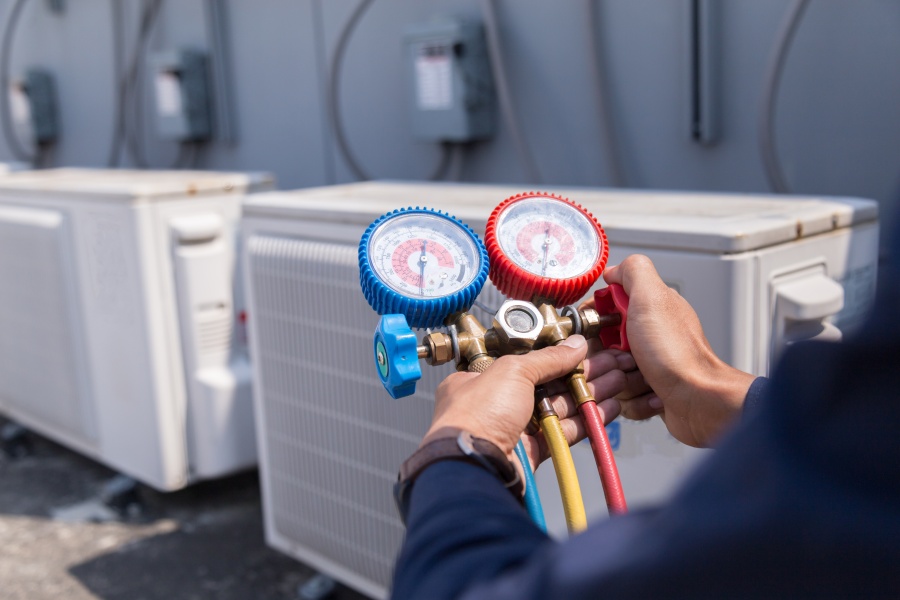When you step into a well-maintained building, you may not immediately think about the complex systems and infrastructure that keep it running smoothly. However, behind the scenes, a dedicated team of facilities maintenance professionals diligently works to ensure the proper functioning of essential elements like HVAC (Heating, Ventilation, and Air Conditioning), plumbing, electrical systems, and more. In this blog, we will delve into the crucial role played by facilities maintenance, particularly in the areas of HVAC and plumbing, highlighting their significance in creating comfortable and functional environments.
HVAC: A Breath of Fresh Air
Have you ever walked into a building on a sweltering summer day and been greeted by a refreshing blast of cool air? That’s the work of an efficient HVAC system. HVAC systems are responsible for maintaining comfortable temperatures, regulating humidity levels, and providing proper ventilation within a building. From office spaces to hospitals, shopping malls to educational institutions, HVAC systems are the backbone of indoor comfort.
To ensure optimal performance, regular HVAC maintenance is crucial. This includes inspecting and cleaning filters, checking refrigerant levels, examining ductwork for leaks, and conducting system diagnostics. Neglected HVAC systems not only compromise comfort but also consume excessive energy, resulting in higher utility bills and unnecessary strain on the environment. By investing in routine maintenance, facility managers can prolong the lifespan of HVAC equipment, prevent unexpected breakdowns, and create healthy indoor environments for occupants.
Plumbing: The Lifeblood of Buildings
Behind the walls and beneath the floors, an intricate network of pipes and plumbing infrastructure keeps water flowing smoothly throughout a building. From faucets and toilets to water heaters and drainage systems, plumbing plays a vital role in our daily lives. Facilities maintenance teams are responsible for ensuring that these systems are operating optimally and avoiding potentially disruptive issues like leaks, clogs, or burst pipes.
Regular plumbing maintenance involves inspecting and repairing faucets, fixtures, and pipes, checking water pressure levels, and assessing drainage systems. By promptly addressing plumbing issues, facilities maintenance professionals can prevent water damage, mold growth, and the inconvenience caused by plumbing emergencies. Efficient water management through regular maintenance not only saves money but also promotes sustainable practices by reducing water wastage.
The Synergy of Facilities Maintenance:
While HVAC and plumbing are critical components of facilities maintenance, it’s important to acknowledge the holistic nature of this field. Facilities maintenance encompasses a wide range of tasks, including electrical systems maintenance, fire safety inspections, structural repairs, landscaping, and more. The collective efforts of these professionals ensure that buildings remain safe, functional, and welcoming.
Facilities maintenance professionals are the unsung heroes who work diligently behind the scenes, keeping our buildings safe, comfortable, and functional. From the refreshing breeze of an HVAC system to the steady flow of water through plumbing, their expertise ensures that our everyday experiences within buildings are seamless and enjoyable. By prioritizing regular maintenance and investing in skilled professionals, facility managers can create sustainable, efficient, and pleasant environments for everyone who walks through their doors. Let’s not forget to appreciate and recognize the invaluable work done by these dedicated individuals in maintaining the backbone of our built environment.

